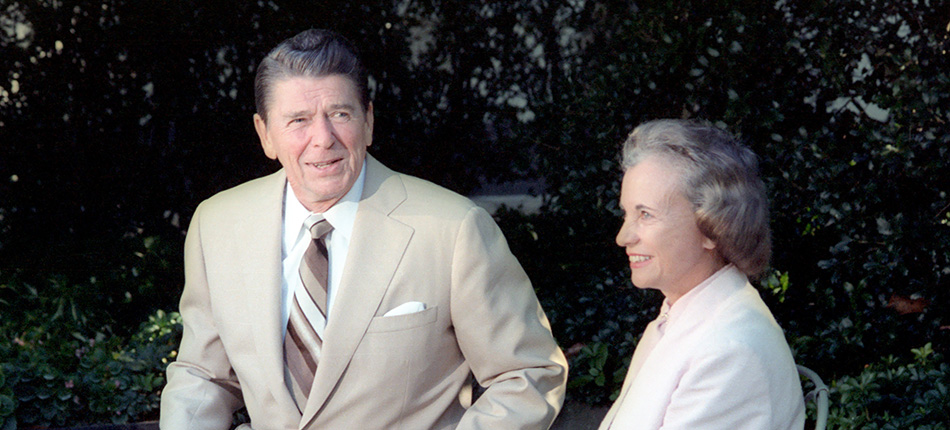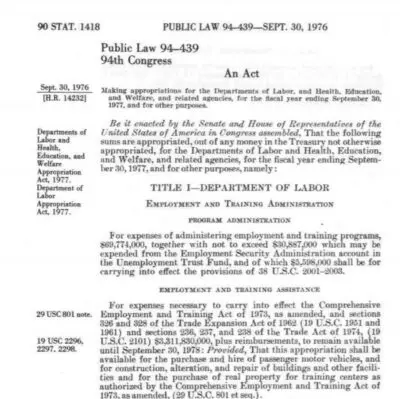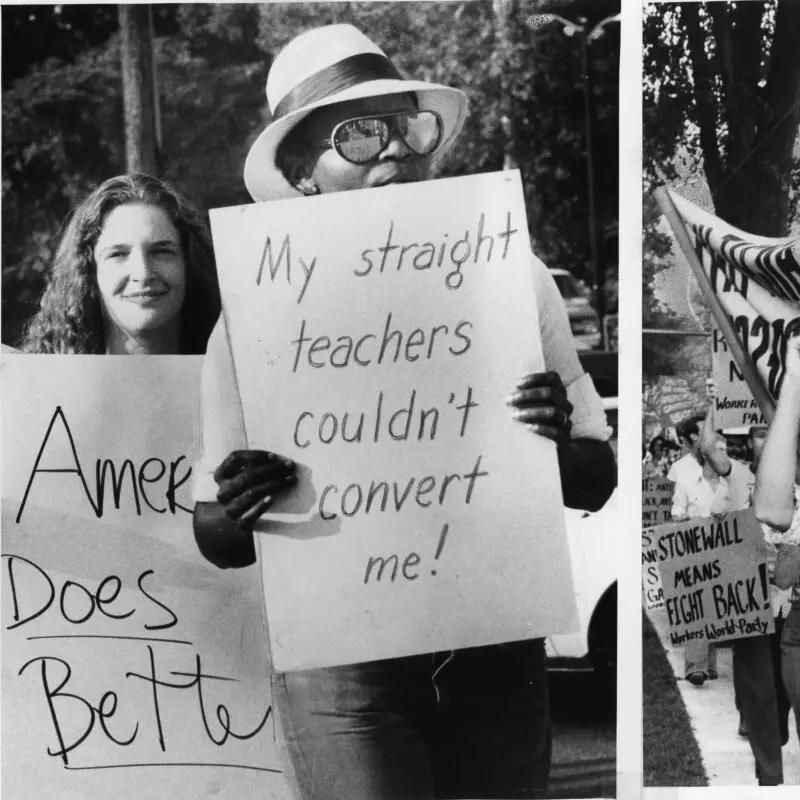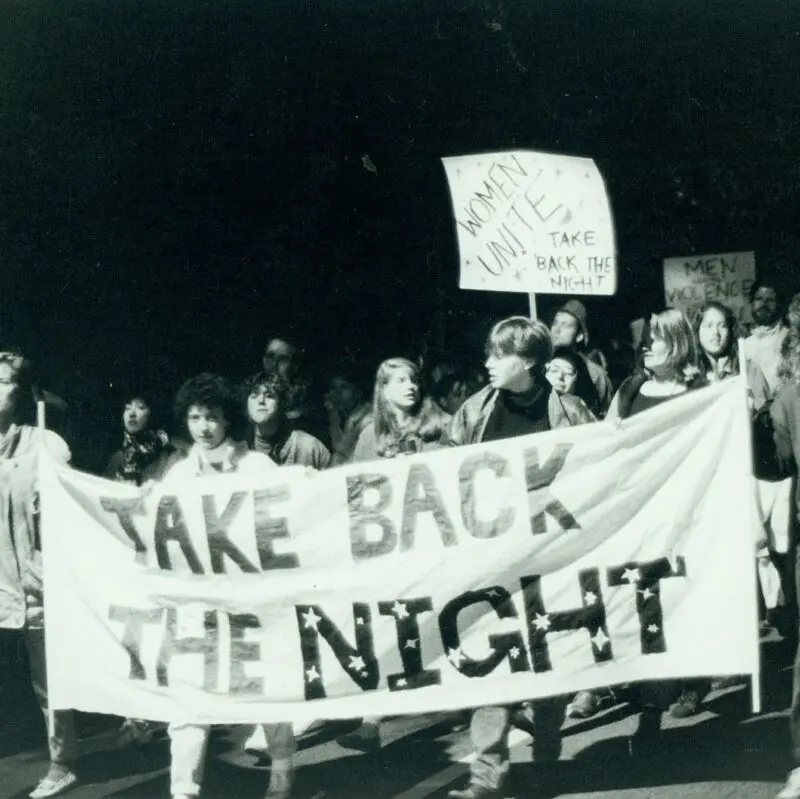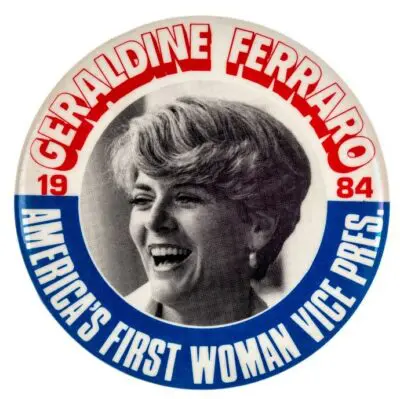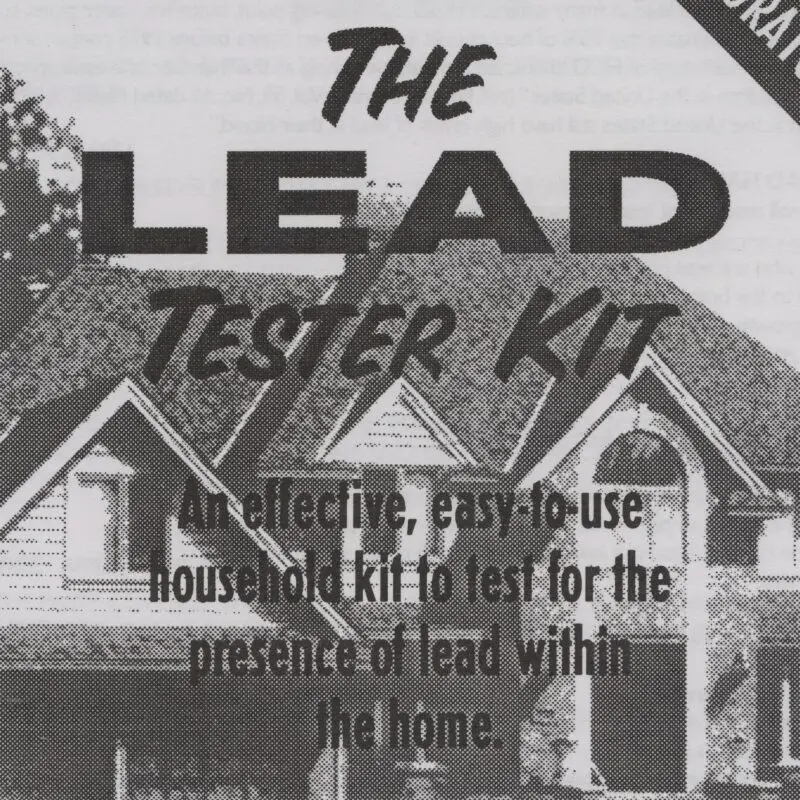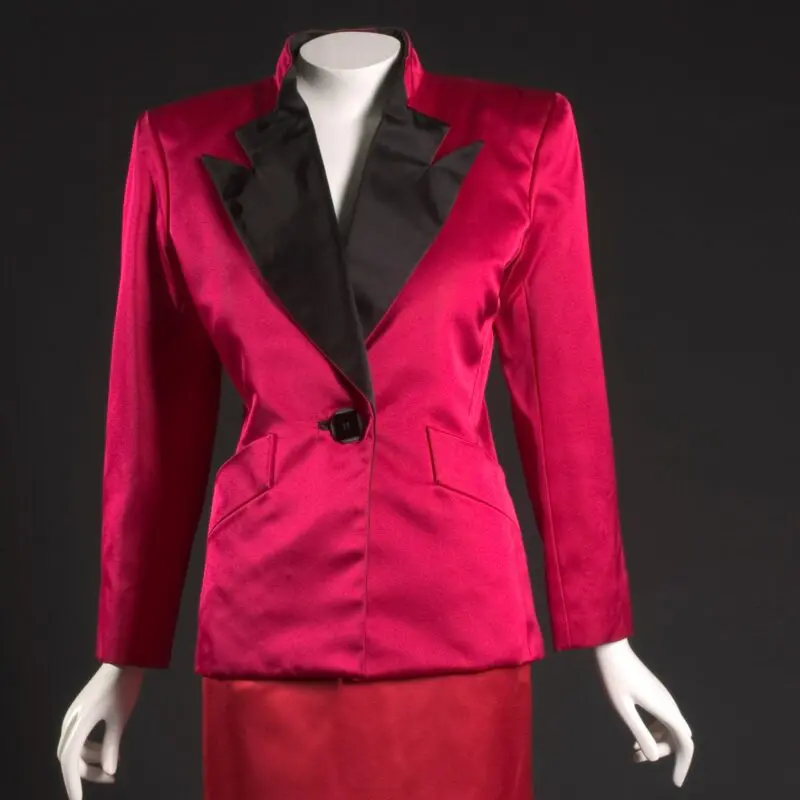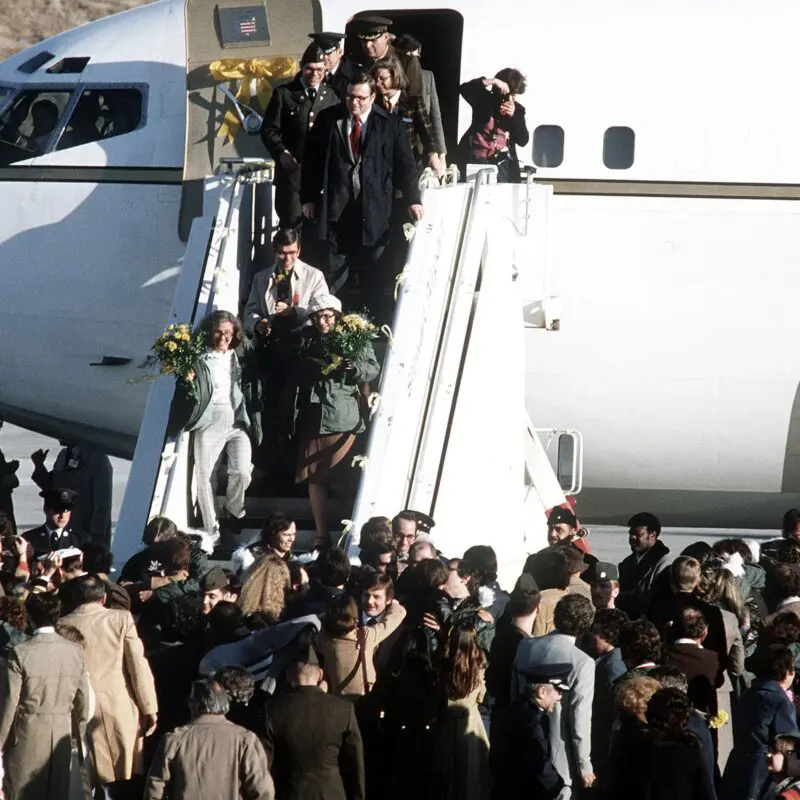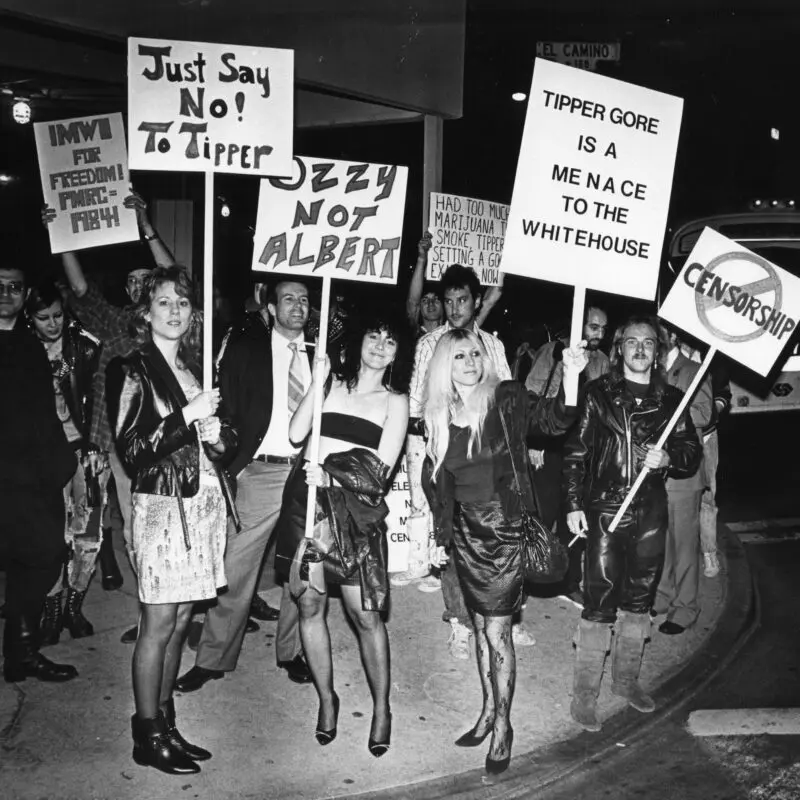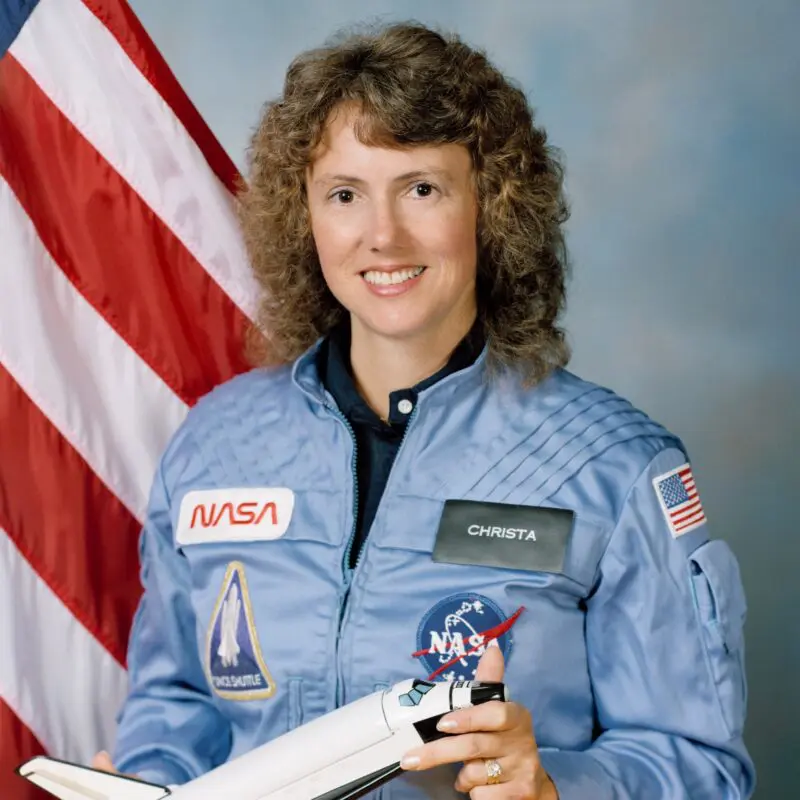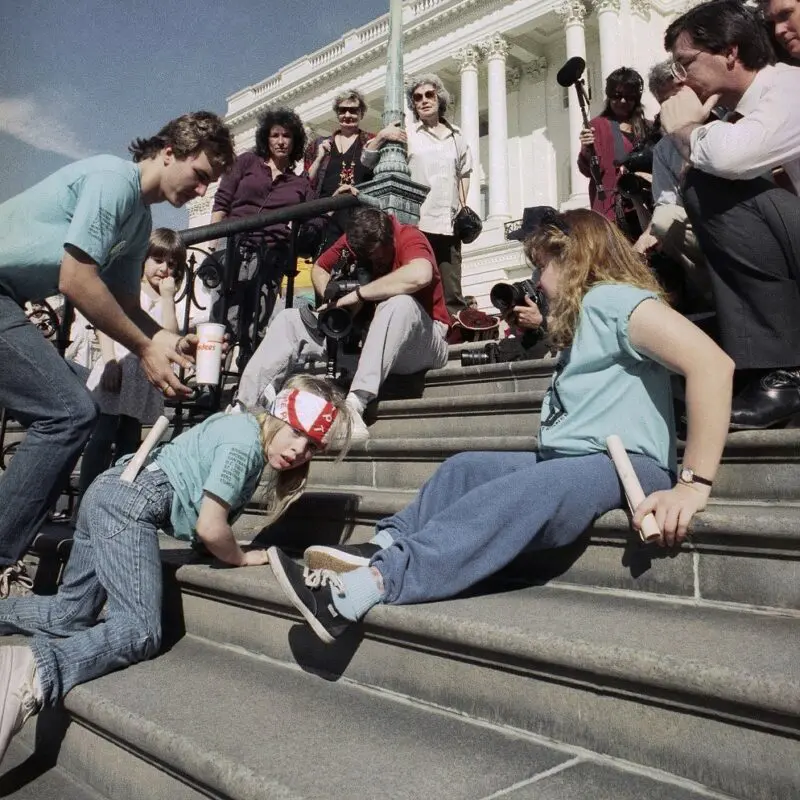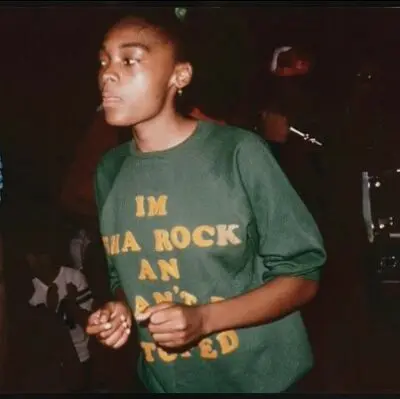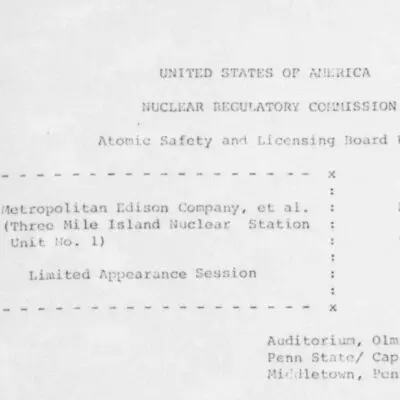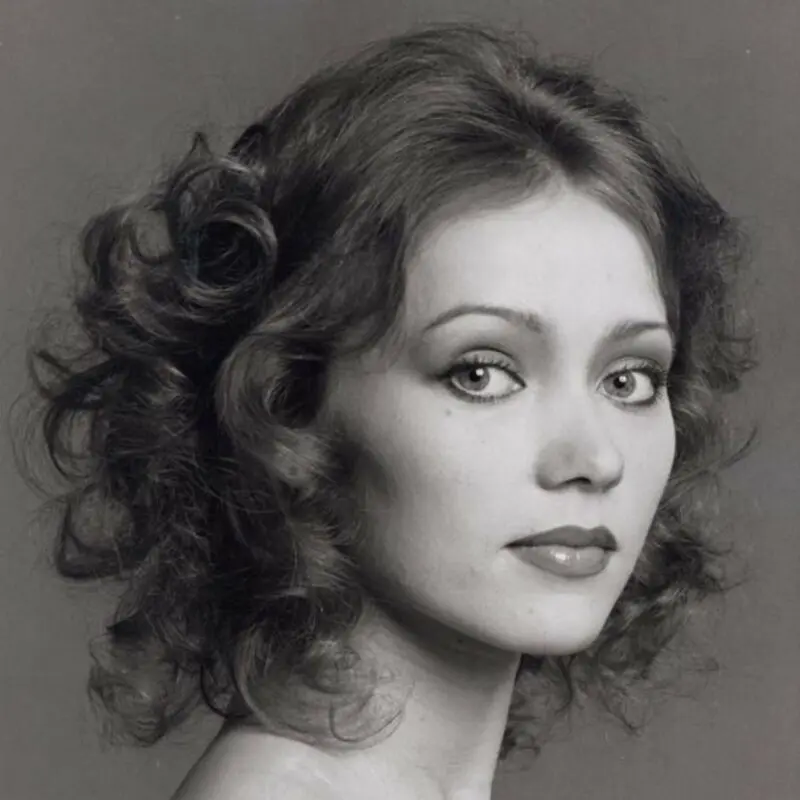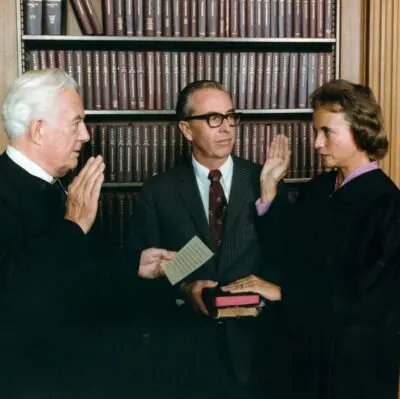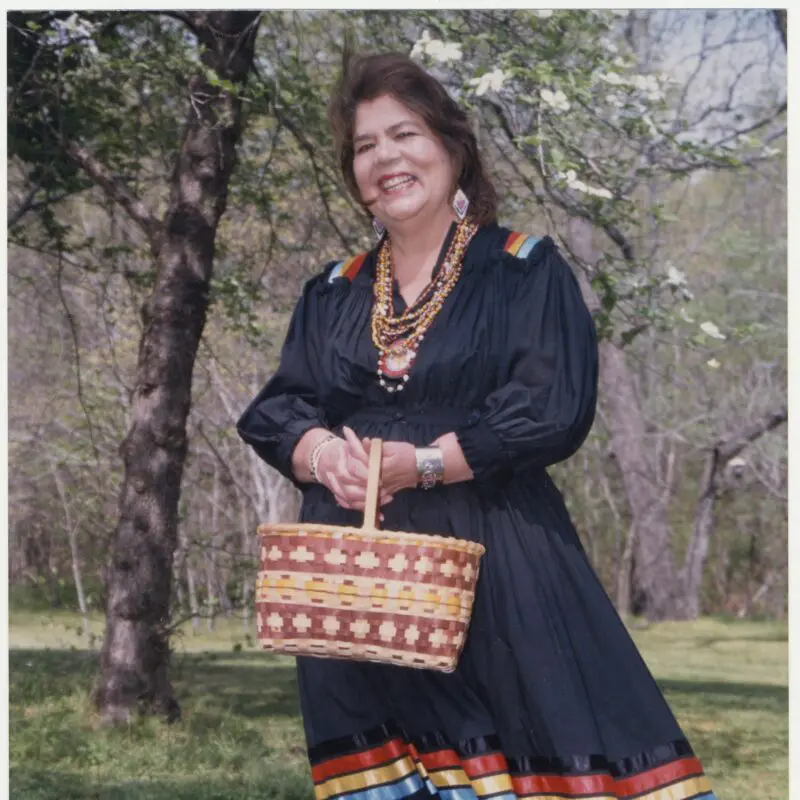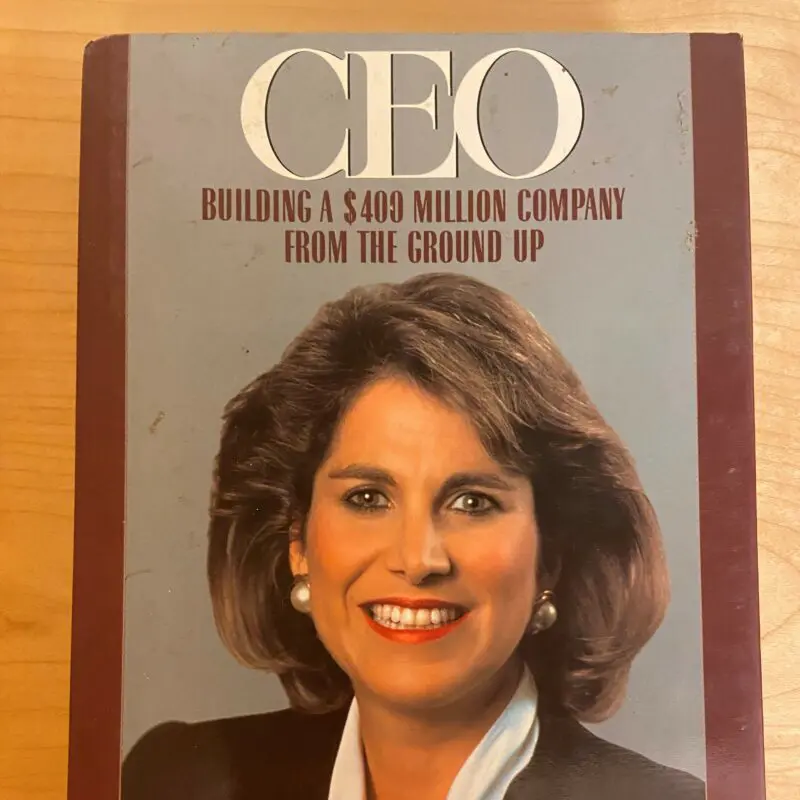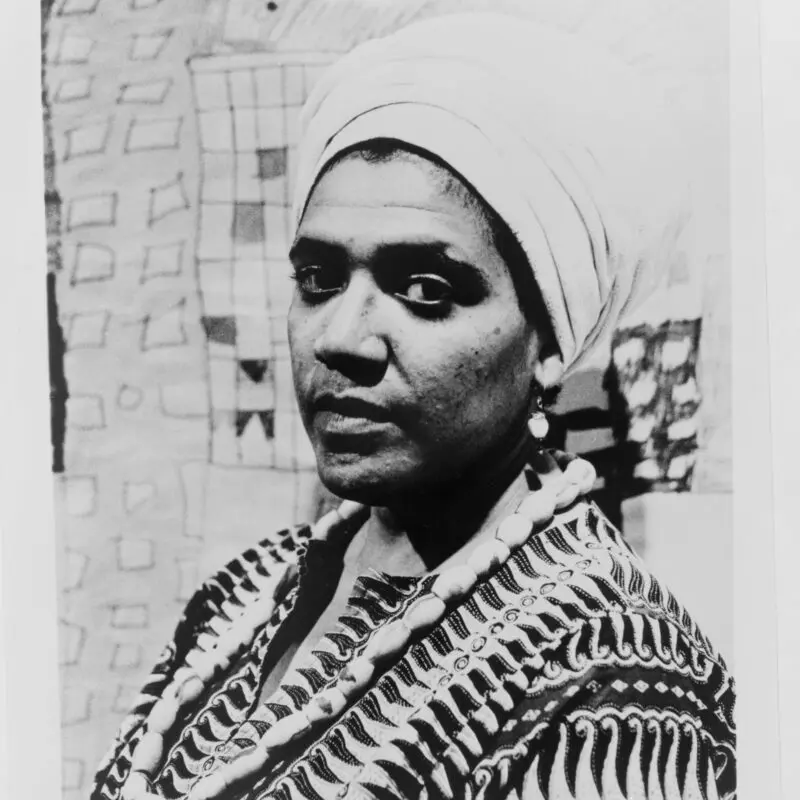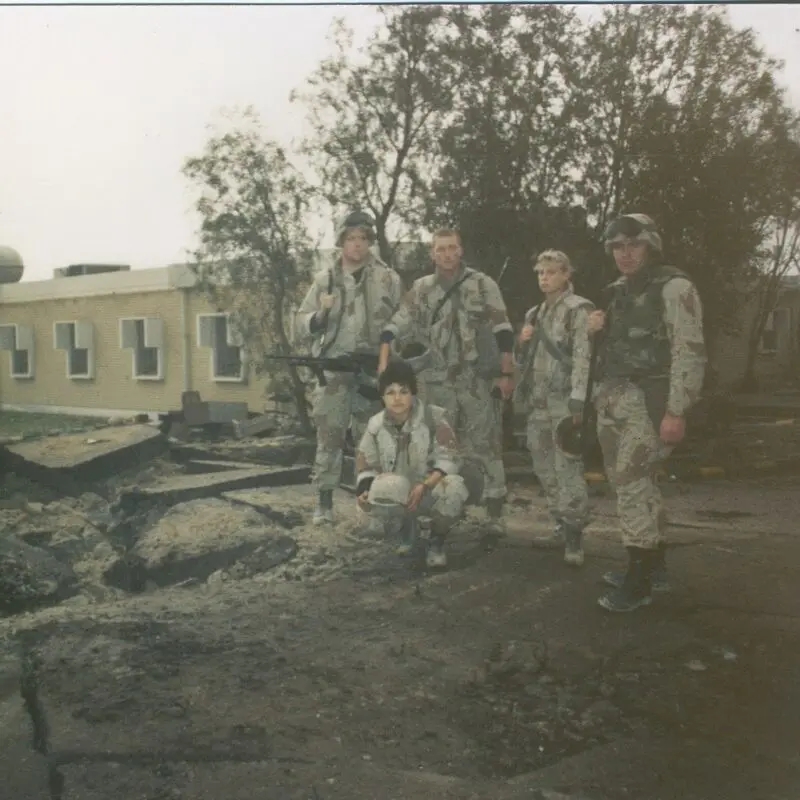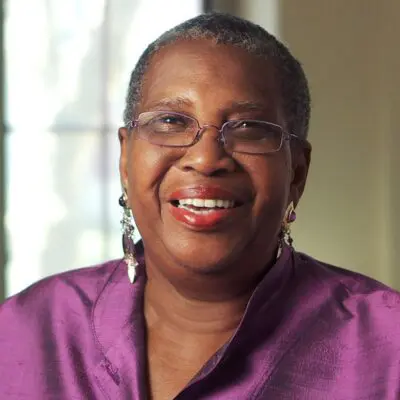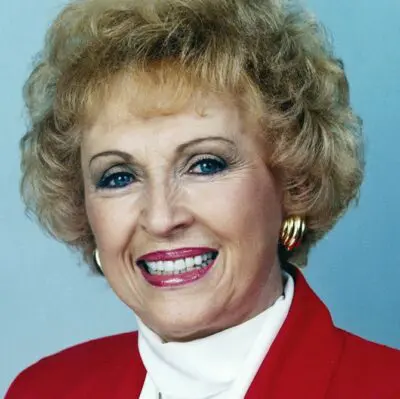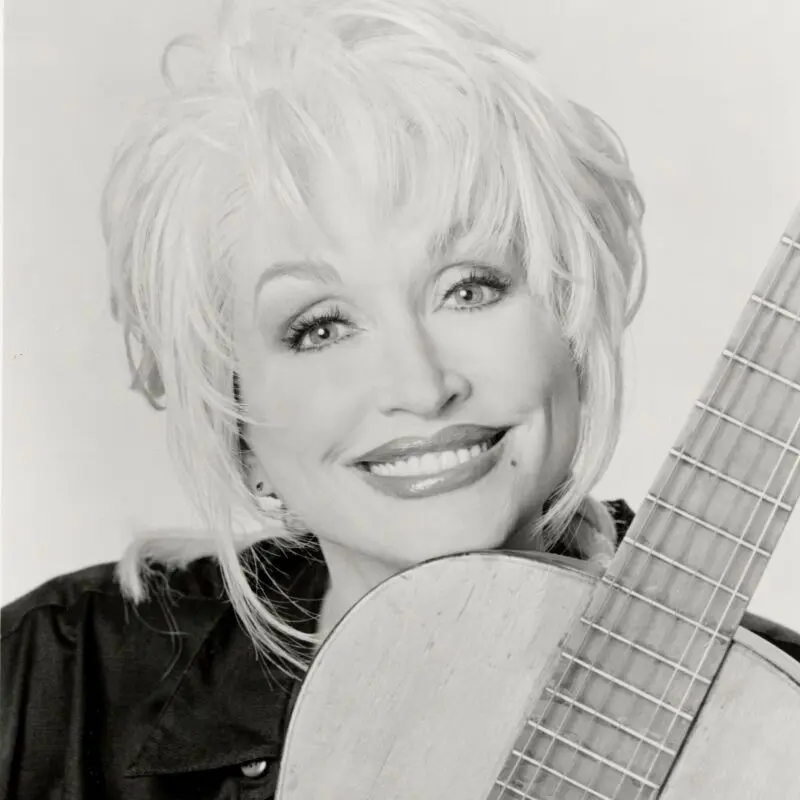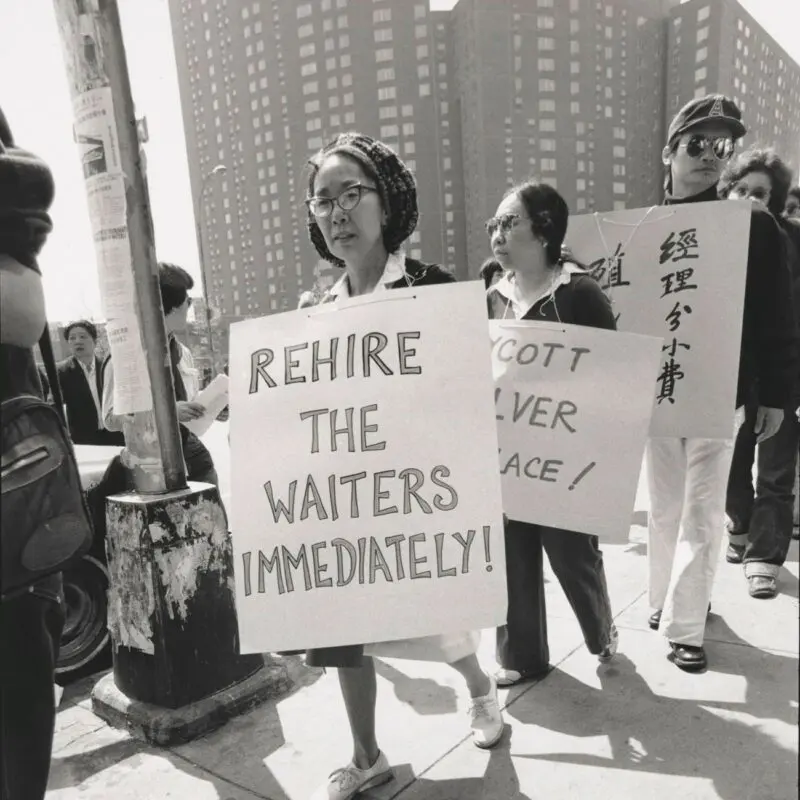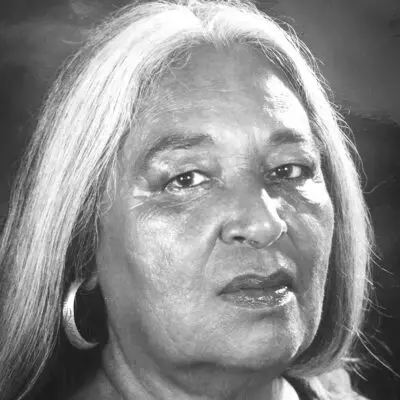Key Ideas
- The progressive social movements of the 1960s and 1970s were met with a conservative political and social backlash. Women, especially white women, played a major role in promoting and supporting these conservative ideas.
- Despite the rise in conservatism, the gains of feminist activism led to major achievements for women in politics and the workplace.
- Women from different backgrounds challenged the rise of conservative thought and stood up for progressive ideals.
- Women contributed extensively to American culture and society, shaping the new perceptions of what American womanhood looked like.
Introduction
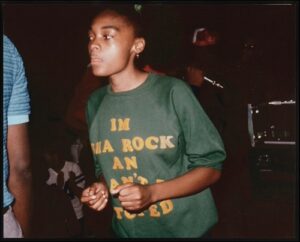
Photograph of Sha-Rock, The Valley, NYC, Collection of the Smithsonian National Museum of African American History and Culture / © Charlie Ahearn
A Conservative Turn
The feminist movement of the 1960s and 1970s achieved major successes for women’s rights. But two decades of social and political turmoil led many Americans to romanticize the so-called ideals of postwar domesticity. Ronald Reagan’s presidential election victory over Jimmy Carter in 1980 ushered in a decade of social and economic conservatism that affected every aspect of American life. While more women reached positions of power than in any other time before in U.S. history, women from marginalized communities were still disproportionately left behind.
The Cold War continued to be an influence on American foreign affairs. Escalating hostilities with the Soviet Union led to a large peace movement in the early 1980s in which women played a significant role. The Cold War also helped raise the public’s interest in cultural issues like sports and space exploration. The Middle East emerged as a major force of American foreign political interest. As women took on more active roles in diplomacy and the military, they found themselves involved in major crises, including the Iran hostage crisis and the Gulf War.
The extent to which the gains of the feminist movement affected women’s lives well into the 1980s cannot be overlooked. Women found more success in the professional workplace, entertainment, and growing fields such as computing. The 1980s also saw the first female Supreme Court justice, the first female nominee for vice president of a major political party, and the first Principal Chief of the Cherokee Nation.
However, the backlash against such gains was swift. Politicians started restricting abortion access within a few years of the Roe v. Wade decision. Conservative white suburban women organized, focusing primarily on social issues. They formed lobbying groups and gained major influence in Washington, D.C. Conservative social beliefs were so powerful in American society that even women within the Democratic Party organized in favor of conservative-like policies.
An examination of this new conservative era is not complete without acknowledging and exploring the ways in which women also organized against it. Young women on college campuses spoke out against sexual assault. Women of color, in particular, continued the efforts of the Civil Rights Movement. These activists highlighted the continuing inequalities women of color faced, including inadequate health care and culturally insensitive education systems. Women recognized how racial injustices not only continued but also intensified under the economic policies of the Reagan administration and inspired an outpouring of activism and cultural expression. Women also organized around issues that affected all Americans, including antinuclear power, environmental justice, and accessibility.
Section Essential Questions
- How did women contribute to the conservative movement? How were women of different backgrounds affected by it? How did women reject this movement?
- What opportunities did the feminist movement of the 1970s provide women in the following decade? How did race and class influence these opportunities?
- What roles did women play in major domestic and foreign affairs?


